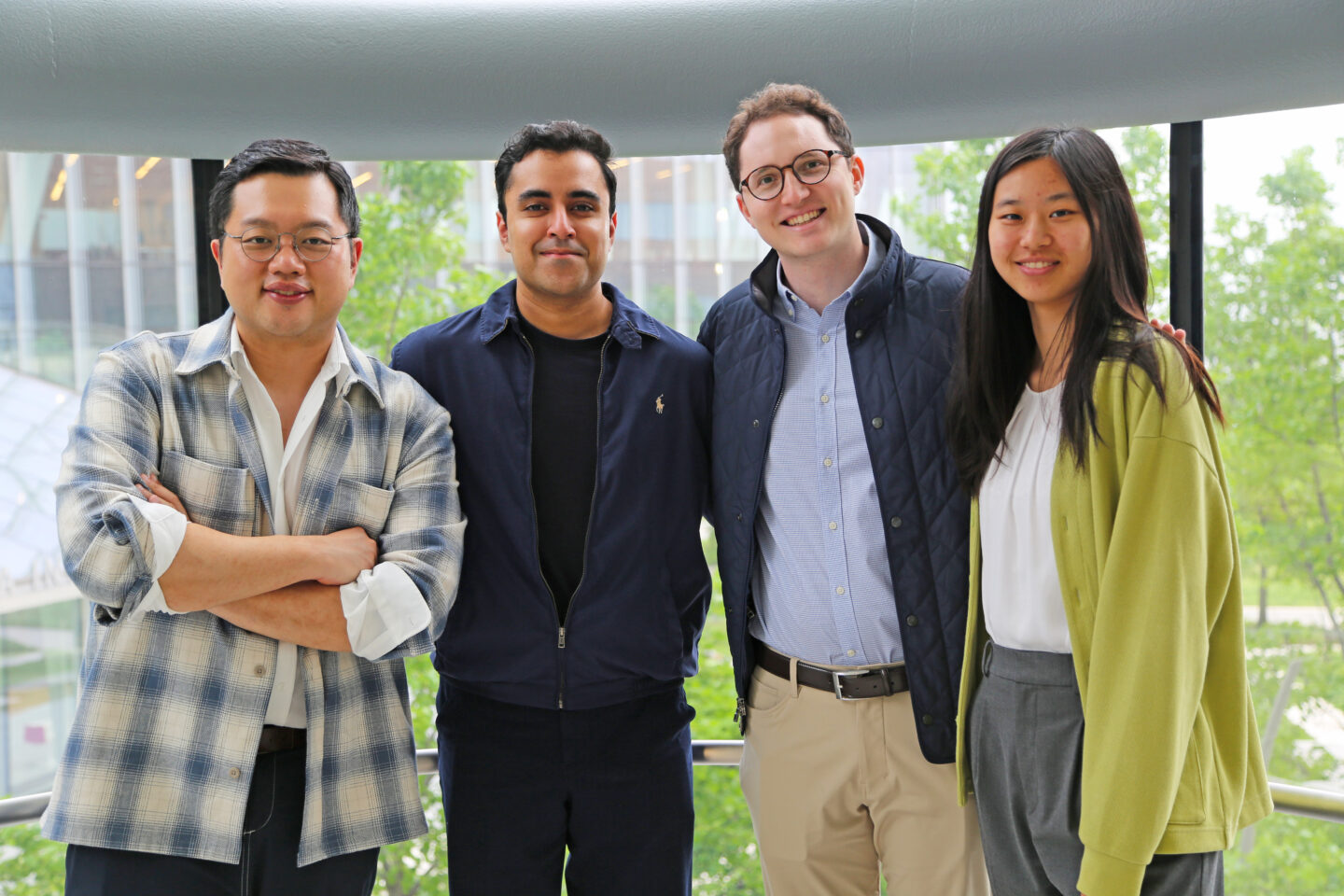
How do you build the perfect team?
Cornell Tech’s Investor-in-Residence and venture capitalist Thatcher Bell has a few thoughts.
“I spend a lot of time thinking about what the ingredients are of a team that can successfully launch a new product,” said Bell.
And just as the flavor profile of a good dish can be elevated by combining diverse, distinct, yet complementary ingredients — like parmesan and chocolate, or blue cheese and pineapple — Bell believes a similar approach can be applied to team-building for entrepreneurship.
Doing the Research
A Cornell grad himself, Bell has played a formative role at Cornell Tech’s New York campus since its inception. The goal, he explained, was “to create an environment where entrepreneurs who have a particular interest in a subject matter come together with folks who are interested in technology and create a practical tool — an actual product that people can use.”
“As an institution, we want to advance the world’s understanding and best practices to get new innovation out there,” said Bell.
With that goal in mind, throughout the spring and summer of 2015 Bell interviewed managers of institutions that foster the development of new technology products in order to gauge “what sets them apart, what sets us apart, and what makes [institutions] successful.”
At institutions ranging from Y-Combinator and RadLab to Stanford’s Lean Launchpad, Columbia’s Greenhouse, and Harvard i-lab, Bell found a few commonalities across the board.
For starters, forcing functions — such as deadlines, grades or demo days — drive results.
But Bell also found that institutional settings are not always fertile ground for real innovation — which Bell defines as innovation that finds practical application. Companies coming out of programs often struggle to bring to market truly new inventions.
A Different Design
But there were key differences between the institutions that Bell studied and Cornell Tech.
“One thing that’s standout [at Cornell Tech] compared to other academic institutions,” Bell said, “is the interdisciplinary nature of the teams, and the deep integration of different disciplines as part of the Studio program.”
Whereas, at other institutions, working in cross-disciplinary teams is typically optional — or limited in scope to a few specialized programs — at Cornell Tech this integration is built into the core curriculum. The forcing function of bringing MBAs and technical majors together in Studio classes strongly encourages them to work with one another.
And yet Bell’s study uncovered a surprising paradox: such integration is as productive as it is anomalous. “Cross-disciplinary teams… are more effective at driving practical results from innovation than teams that are missing [cross-functional expertise],” wrote Bell in his report.
Indeed, the most productive organizations in Bell’s study were those that provided employees opportunities to interact with people from disciplines they themselves had not mastered; however, Bell wrote, “few [of the] organizations studied staff any of these functions themselves.”
Bell is confident that Cornell Tech can foster innovation and entrepreneurship, in part because the school — an institution with cross-disciplinary teamwork built into its DNA — seems already to have taken the lessons of his report to heart. Plus, he said, “The clean slate Cornell Tech has out of the gate gives us a structural advantage.”





